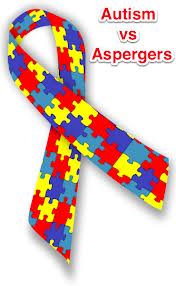 Advance for Speech Language Pathologists recently posted this news article about research conducted by Frank Duffy, MD, a neurologist at Boston’s Children Hospital: The study looked at a group of 26 children with Asperger’s, to see whether measures of brain connectivity would indicate they’re part of autism group, or they stood separately. The study also included more than 400 children with autism, and about 550 typically-developing children, who served as controls. Children with Asperger’s syndrome show patterns of brain connectivity distinct from those of children with autism, according to a the study. The findings suggest the two conditions, which are now in one category in the new psychiatry diagnostic manual, may be biologically different. The researchers used electroencephalography (EEG) recordings to measure the amount of signaling occurring between brain areas in children.
Advance for Speech Language Pathologists recently posted this news article about research conducted by Frank Duffy, MD, a neurologist at Boston’s Children Hospital: The study looked at a group of 26 children with Asperger’s, to see whether measures of brain connectivity would indicate they’re part of autism group, or they stood separately. The study also included more than 400 children with autism, and about 550 typically-developing children, who served as controls. Children with Asperger’s syndrome show patterns of brain connectivity distinct from those of children with autism, according to a the study. The findings suggest the two conditions, which are now in one category in the new psychiatry diagnostic manual, may be biologically different. The researchers used electroencephalography (EEG) recordings to measure the amount of signaling occurring between brain areas in children.
Please click here for the full article
Please share your views of the new diagnostic categories and whether you think Aspergers should be distinguished from Autism Spectrum in terms of services the children will receive.
]]>


